Categories Pastry Chef Articles
Five Oh Là Là! flours for special breads and with terroir
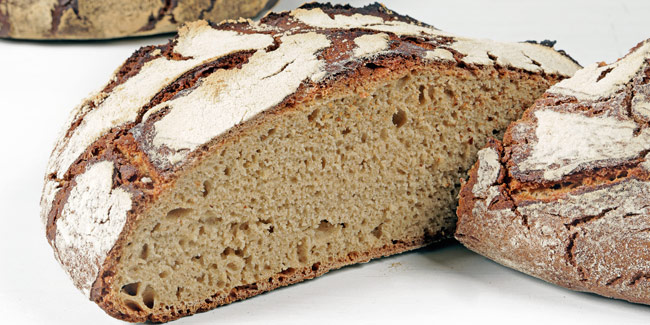
Oh Là Là!, available at Books For Chefs, is a practical creative bakery and pastry manual, essential for professionals who want to delve into the world of dough. Inside the book, Yohan Ferrant reviews fundamental ingredients such as flour.
Flour is the finely ground product obtained by grinding a cereal. The flours are usually wheat, but we also find them from other varieties of cereal such as barley, rye, or corn. Each flour has unique characteristics depending on its place of origin, the way it has been grown, the way it has been ground, and how it has been stored.
In Oh Là Là!, Ferrant makes it clear that when choosing a flour, he takes into account the method of agriculture that has been carried out with that wheat. Depending on the bread to be made, he chooses organic flours, which allow adding value to the final product. Likewise, he values parameters such as proximity, the character of the land in which the wheat is grown, and the milling.
Below we share five flours that appear in the book and with which the director of the Baking School Barcelona Sabadell achieves unique, nutritional breads with terroir, a concept normally associated with wine and other areas of gastronomy but which is perfectly transferable to the making of quality bread.
Monococum, the father of all wheats
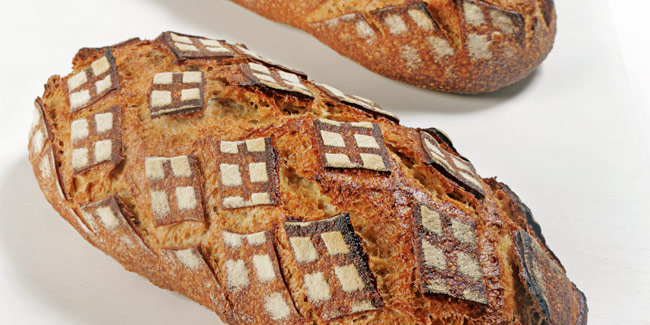
Monococum, also called small spelt, is considered the father of all wheats. It is the only variety that contains the eight essential amino acids for the body. It is rich in fibers and polysaccharides and has a lower glycemic index. For a long time it was used as food for animals. The reason for its rejection is found in the low performance it offers at a productive level since for each hectare, only about a ton of flour is produced.
In Oh Là Là!, Ferrant uses the monococum flour that Despelta grows in Guadalajara for its nutty flavor and buttery touch. To achieve a bread with height, he opts for prior scalding of monococum and a pasty sourdough.
Florencio Aurora reflects the specificity of the terrain
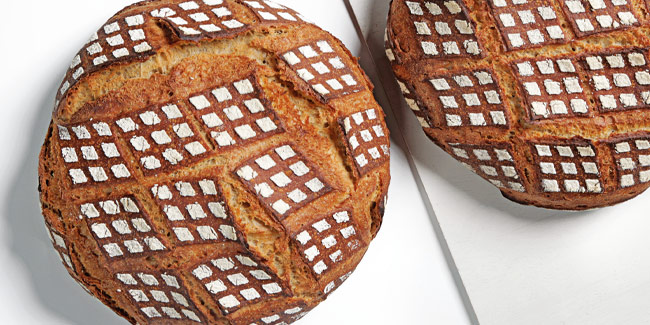
Florencio Aurora was not cataloged until 1963, and is made like durum wheat. It is the result of several crosses, and was created by the farmer Raoul Lemaire, a great scholar of the nutritional aspects of wheat. It began being cultivated in spring, but in Spain it has become a variety that is sown from September and harvested in June.
This flour reflects the specificity of the land in which it is grown like few others. For this reason, parameters such as strength will vary greatly depending on who grows it and where.
In Oh Là Là!, Ferrant resorts to Florencio Aurora flour from Despelta, of around 150 W, which on a taste level has very interesting sweet nuances and aromas of cinnamon. During fermentation, he places a board over the pieces so that the bread grows in width and has a more honeycombed internal texture.
Rouge de Bourdeaux is organoleptically unique
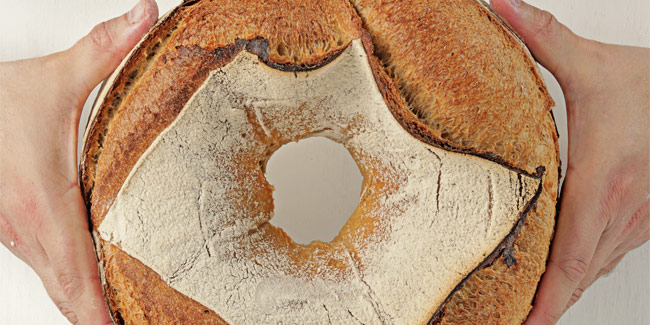
Various studies come to corroborate that it is difficult to find organoleptic differences between ancient wheats and modern wheats. In any case, there are ancient wheats in which this difference is clearly perceived in the mouth. One would be the Rouge de Bordeaux, which organoleptically is incomparable. It is a spring variety, which is sown in March, harvested in July, and offers special characteristics in both color and substrate. And, above all, it offers a great personality on the palate, with sweet and cinnamon aromas.
In Oh Là Là!, Ferrant uses a T80 extraction flour, that is, semi-whole wheat flour, which works with a doughy sourdough made with the same wheat. As it is an organic wheat, it first performs a fermentolysis, mixing flour, water, and sourdough to correct possible defects and weaknesses.
Negrillo. Complexity and uniqueness
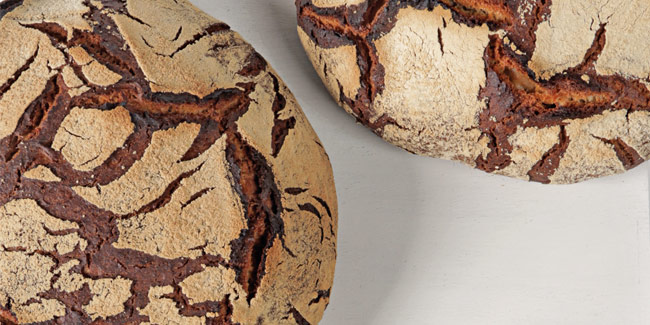
“Negrillo flour is without a doubt one of the most complex that I have come across when it comes to work, with a PL of 9 and a W of 30. Consequently, the resulting doughs are like chewing gum, very difficult to handle. Despite the difficulties posed by this flour, its special aroma captivated me, so I kept thinking about how to make a good bread with this variety. The inspiration came to me observing the fields of negrillo, which are found at more than 1,000 meters above sea level and can withstand low temperatures during the year,” says the author.
In Oh Là Là!, Ferrant works the negrillo flour like a rye, kneading it twice and placing it in bannetons. The only difference is in the temperature of the water, which in the case of rye is higher. The result is a bread with a tight crumb, sweeter than the rye, with a finer crust and hints of liquorice.
T65, label rouge
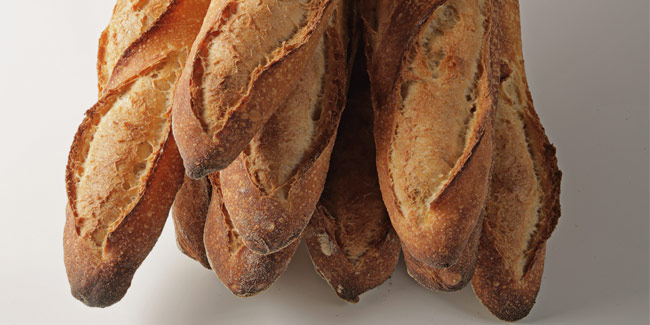
In 1993, the parameters that a baker must follow to make a traditional French baguette were established. In this way, France sought to defend the craftsmanship of this specialty versus industry. Not only is the use of additives prohibited, but it specifies aspects of the production process. It even stipulates what kind of flour to use, calling it French traditional flour. Specifically, it is a T65 flour that combines three varieties of tender wheats of spelt origin.
At Oh Là Là, Ferrant uses cylinder-milled T65 to make the traditional baguette with sourdough, which is characterized by having a long shelf life and a slightly finer crust than if it were made with poolish.


